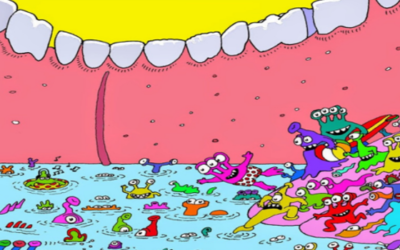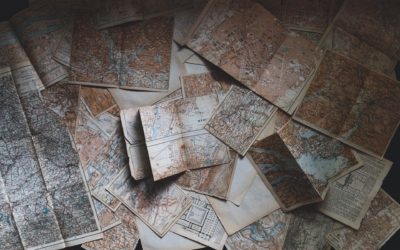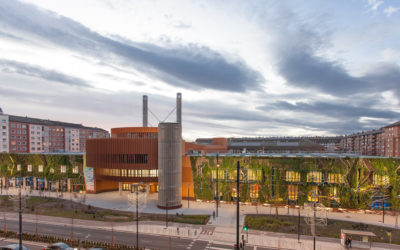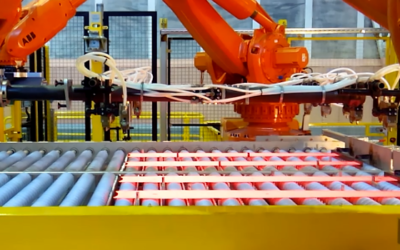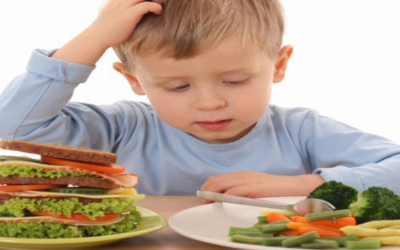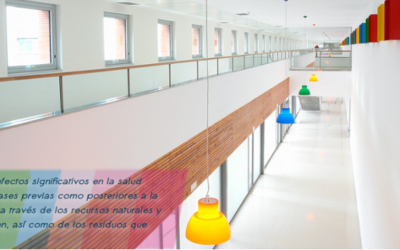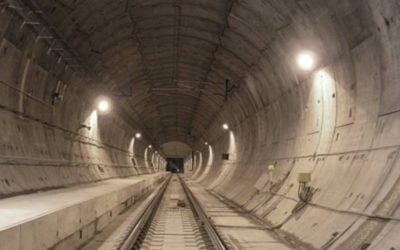“LOOKING FOR ANSWERS”
BLOG CARTIF
know us:
Recent posts
Content categories

Agrofood
With M of Microbiome
In recent years the definition of the human microbiome has been postulated as an essential tool for medicine, pharmacy, nutrition and other disciplines in order to understand the role of microorganisms present in the body on health and immunity. In fact, the...
Malnutrition and the need of an optimal nutritional balance
The term “malnutrition” refers to a state in which a deficiency, excess or imbalance of energy, proteins and other nutrients. According to the Food and Agriculture Organization of the United Nations (FAO) more than 2 billion people on the planet suffers some form of...

Energy & Environment
Maps, a window to knowledge
Interrelationship between maps and data When we talk about the word map, the image of a drawing representing countries and oceans comes to mind. For the most veteran of us, maps can bring back memories of the times when we used to have those folded maps in our cars...
SmartEnCity, main character of the Europe Congress Palace
We have already spoken on numerous occasions about the impact of cities on energy consumption and emissions generated to the environment. And consequently, also of the important role that they have to play in the necessary transition towards climate neutrality, the...

Environment
Jeff Bezos reminded me of the importance of the carbon footprint
On 2o July I could not stop myself from thinking about Jeff Bezos. He made a short journey to space, organizing his own private trip. There were plenty of headlines. And many different opinions on the subject. Was the issue that was of concern to me if he was returned...
Nature returns to Valladolid!
During the confinement, we have witnessed how nature quickly returned to the cities in our absence. Wild flora took over the corner of our cities, growing in every available crevice and gradually recovering lost space. It became visible that the streets also belong to...

Industry
Artificial vision in hot stamping
With this post, I would like to try to show a very clear example where, the intelligent use of a suitable artificial vision system can solve a major problem in a production line at a reasonable price. The body of our vehicle consists of a multitude of metallic pieces,...
Efficiency Wars (Episode VI) – The Return of Bohr
Low cost alternative innovations. The barometer and how to think outside the box I finished my previous post commenting how an ILM approach --to disaggregate energy consumption in a factory- can be an unbeatable challenge, financially, for those factories with highly...

Health & Quality of life
Gluten-free diet: Is it a new way to lose weight?
Diets are a fashion and they are always changing. Almost without respite, we passed the liquids’ diet, the lingual mesh and many more. And now, it is the gluten’s turn. It seems that the main guilty of all kind of fat problems is the gluten. But, is it true? For...
How a normal hospital can turn into a smart hospital?
LIFE Smart Hospital project researchers explain us how a normal hospital can turn into a smart hospital, in Euranet radio (audio only available in Spanish).

Construction and Heritage
3D digitalization of infrastructures: Guadarrama tunnels
What is the use of 3D digitalization of infraestructures? Inspecting coatings, detecting cracks, inventorying and sensorization of tunnels and other structures. In the following video, we explain you what we do in CARTIF: David Olmedo and José Llamas, researchers of...
Geolocation systems are reaching indoors
With global positioning systems, a phenomenon similar to what happened with mobile phones has occurred: in a few years we have gone from non-existence to consider it essential. The truth is that, in fact, geolocation is one of those technologies that has led to the...

Digitalization
No Results Found
The page you requested could not be found. Try refining your search, or use the navigation above to locate the post.

Innovating R&D
No Results Found
The page you requested could not be found. Try refining your search, or use the navigation above to locate the post.
